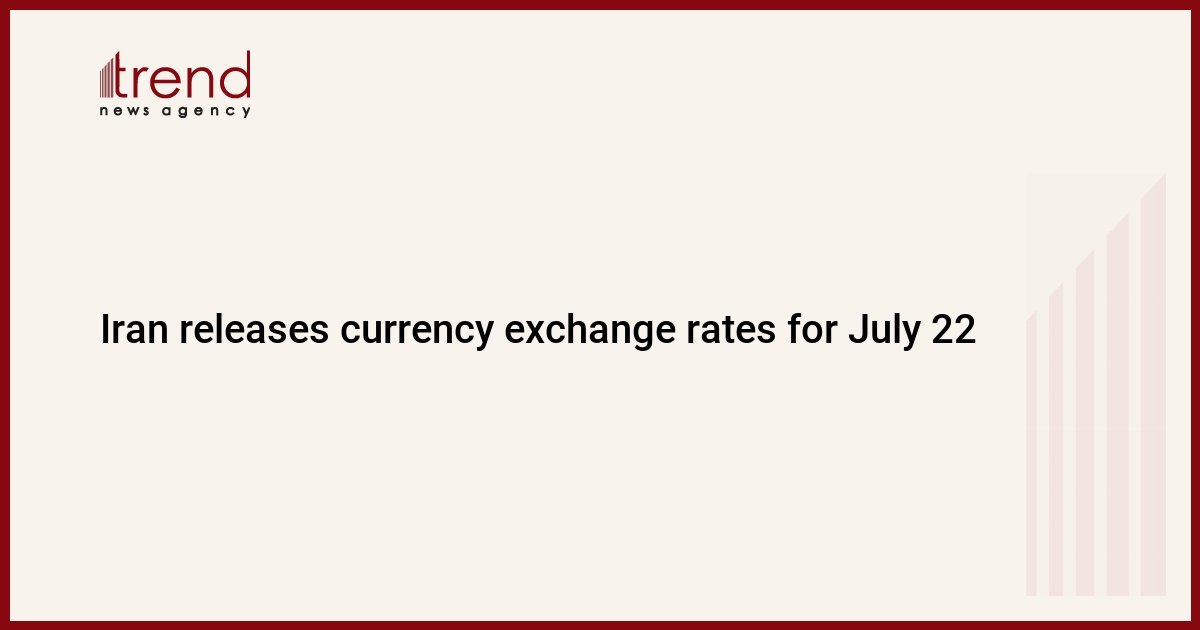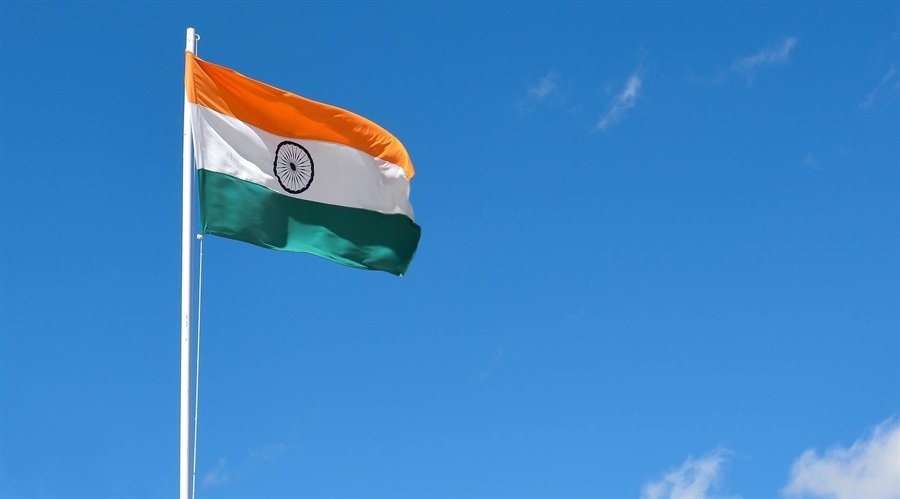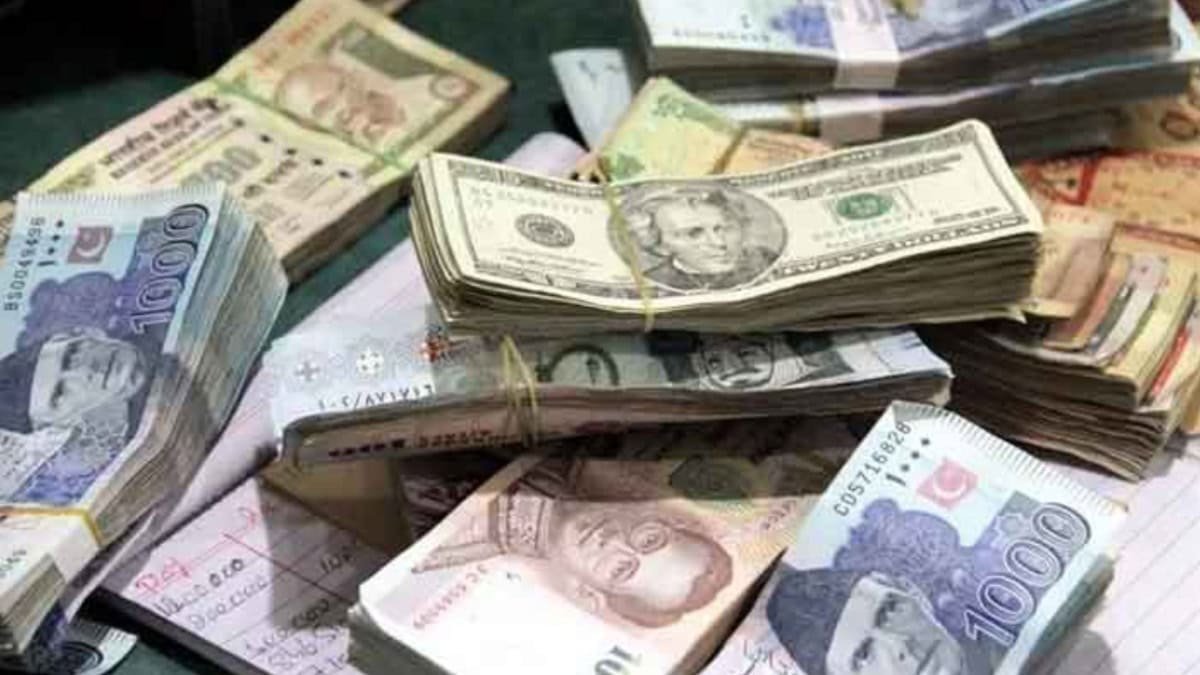Donald Trump’s imposition of tariffs on almost every country in the world is causing shockwaves – and the Middle East and North Africa has not escaped.
The US president announced the widest set of tariffs Washington has implemented in almost a century, in an attempt to close the United States‘ trade deficit.
They will be implemented via an executive order, and will be effective for some countries from 5 April, and others from 9 April.
Trump launched the tariffs in the White House garden while holding up a chart.
The chart listed “reciprocal tariffs” to be imposed on countries, and corresponding “tariffs charged to the US, including currency manipulation and trade barriers” by those same countries.
New MEE newsletter: Jerusalem Dispatch
Sign up to get the latest insights and analysis on
Israel-Palestine, alongside Turkey Unpacked and other MEE newsletters
But the figures are in fact based on a formula, rather than specific tariffs. As a result of that calculation, countries in the Middle East and North Africa have been hit in unexpected and unlikely ways.
Middle East Eye explains the formula, and the regional players most strongly affected.
Formula has nothing to do with tariffs
Trump’s tariff rate is not, as stated, based on tariff and barrier rates from other countries.
Instead, it is based on a simple formula: a country’s trade surplus with the US, divided by its total goods exports to the US.
That percentage gives the so-called “tariffs charged to the US” rate provided by Washington.
For countries where this “tariffs charged” rate is high, the US’s “discounted reciprocal tariff” is calculated by dividing it by two.
The Middle East and North Africa countries that fall into this category are Algeria, Iraq, Israel, Jordan, Libya, Syria and Tunisia.
As for countries where the “tariffs charged” rate is low, or indeed if they run a trade deficit with the US, then the Trump administration flatly claims that the country charges 10 percent. The reciprocal tariff is 10 percent for all these countries.
No country has been given tariffs lower than the baseline 10 percent.
Bahrain, Egypt, Iran, Kuwait, Lebanon, Mauritania, Morocco, Oman, Qatar, Saudi Arabia, Sudan, Turkey, the UAE and Yemen all fall into this second category.
Observers have noted that the trade data used by Washington to calculate tariffs only included goods, and excludes services.
Notably, the US is the largest exporter of services in the world.
Despite clear evidence that Washington divided its trade deficit by imports for each country, White House press secretary Kush Desai on Thursday rejected such assertions.
“No we literally calcuated tariff and non tariff barriers,” he wrote on X, accompanied by the White House’s formula it used. His post on X had a community note added to it, which said that the formula was the same as the US’s trade deficit divided by its imports.
Jordan hit hard despite trade agreement
A clear example that the figures are not genuine reciprocal tariffs is the case of Jordan.
In October 2000, Jordan became the first Arab country to sign a free trade agreement with the US.
The deal stipulates that most Jordanian goods are eligible for duty free entry into the US. In return, Jordan excludes the US from duty on imports.
So why has the US claimed that Jordan charges it 40 percent, and slapped a reciprocal 20 percent tariff rate on Amman?
Because, based on the formula, Jordan exports significantly more goods to the US than it imports.
These Jordanian goods include clothes, precious stones, metals and fertilisers.
As Gregg Carlstrom, a journalist at The Economist wrote on X, Trump’s figures imply that Jordan is less open to free trade than Egypt (which has been given the 10 percent baseline rate).
That is despite the fact that Egypt has much higher average tariffs than Jordan.
Carlstrom takes the example of clothing: Jordan exempts the US from tariffs on imported clothes, while Egypt charges 40 percent.
Elsewhere, Tunisia was also hit hard, due to its trade surplus with the US.
The country exported $1.1bn of goods to America last year, around half of which were animal and vegetable fats and oils. Just under $504m worth of US goods went in the other direction.
Sanctioned Syria and Iran included
The bizarre nature of Trump’s tariffs are exemplified by the rates on Syria and Iran, two countries with negligible levels of trade with the US due to sanctions.
The US prohibits imports of goods and services originating from Syria, under wide-ranging sanctions it imposed due to the former government’s conduct in the civil war.
As a result of those sanctions, the figures of Syrian exports and imports are very small.
According to UN Comtrade data, the US exported just $2.02m to Syria in 2024, while it imported $11.18m.
Almost $4m of those imports from Syria were works of art and antiques, while $2.5m were coffee, tea and spices.
Based on these miniscule figures (most other countries have trade in the billions), the US calculated that Syria “charged” 81 percent in tariffs, and the reciprocal tariff would therefore be 40 percent.
As for Iran, the figures were also relatively small due to sanctions.
The US exported $90.85m of goods to Iran last year, the vast majority of which were medical and pharmaceutical products exempt from sanctions.
In return, the US imported just $6.3m from Iran, of which $4.7m were works of art and antiques.
Unlike Syria, Iran therefore ran a trade deficit with the US last year, so the flat reciprocal tariff rate of 10 percent was applied.
The US still imposes sanctions on both Iran and Syria, so these tariffs won’t make a huge difference for now.
If, however, sanctions on Syria are lifted, as the new government in Damascus is seeking, then 40 percent tariff rates would be brutal.
Israel can’t evade huge tariff
The US may be Israel’s biggest and most important ally, but that did not help it evade the tariff list.
It faces a 17 percent rate, based on “charging” Americans 33 percent.
Israeli officials are set to negotiate with the Trump administration in the coming days to lower the figure, hoping it might be reduced to the baseline 10 percent.
In preparation for the tariffs, Bezalel Smotrich, Israel’s finance minister, abolished the few Israeli tariffs that remained on US goods. It mostly applied to agricultural products.
But the move makes no difference, given that the figure appears to be calculated based on trade deficit and export figures, rather than actual tariffs.
The US is a huge market for Israeli goods, making up 28 percent of Israel’s total merchandising exports.
The fact that Washington’s calculation does not include the export of services has, conversely, benefited Israel.
Israeli service exports to the US amounted to $16.7bn last year, on top of the further $22.2bn exports in goods.
That means that around 43 percent of Israel’s total exports to the US were not factored into the calculation. If they were, the tariff imposed could have been higher.
Algeria, Iraq and Libya face hike, but oil exempt
The White House has said that oil, gas and refined products are exempt from the new tariffs.
Some countries from the region were slapped with the highest tariff rates because of how much oil they export to the US. These include Algeria, Iraq and Libya.
According to Comtrade, of $7.69bn Iraqi exports to the US last year, $7.64bn were oil and fuel related.
For Libya, $1.49bn of a total of $1.49bn exports was oil and fuel (meaning that the export of everything else was so small it barely made up a few million).
More than $2bn of Algeria’s $2.5bn exports to the US were oil and fuel.
These three countries run large trade surpluses with the US as a result of this oil exporting, and now have huge tariff rates.
They won’t be affected much due to the exemption on oil and gas. An advisor to the Iraqi prime minister said as much on Thursday, noting that the high tariff would have “zero” impact on Baghdad due to the exemption.
Still, it is significant that any Iraqi, Libyan or Algerian sellers of other goods will be punished with hefty duties in America due to the formula.
Interestingly, the Gulf states – among the largest exporters of oil and gas in the world – all have the lower 10 percent rate.
Saudi Arabia, the UAE, Kuwait, Bahrain and Qatar are all large exporters of hydrocarbons to the US. However, unlike Algeria, Iraq and Libya, these countries also import vast amounts of US goods.
Several of these Gulf countries buy military and aerospace goods from the US, and therefore have smaller trade surpluses with the US (if not deficits).








